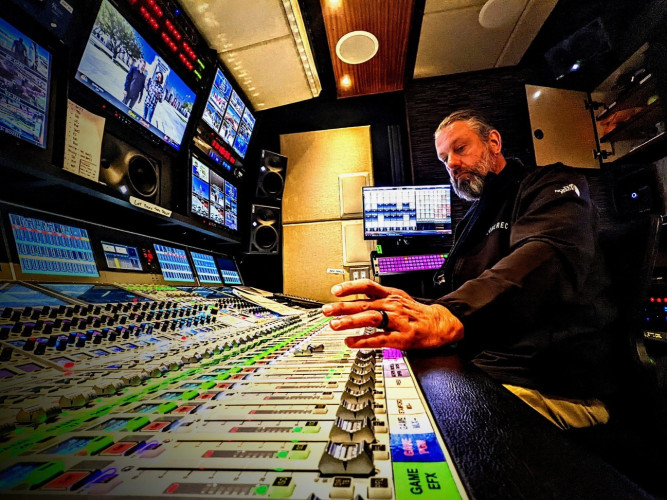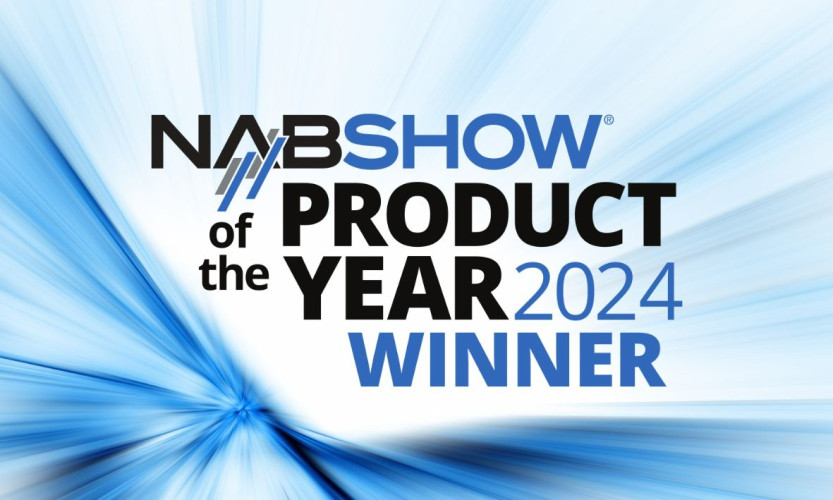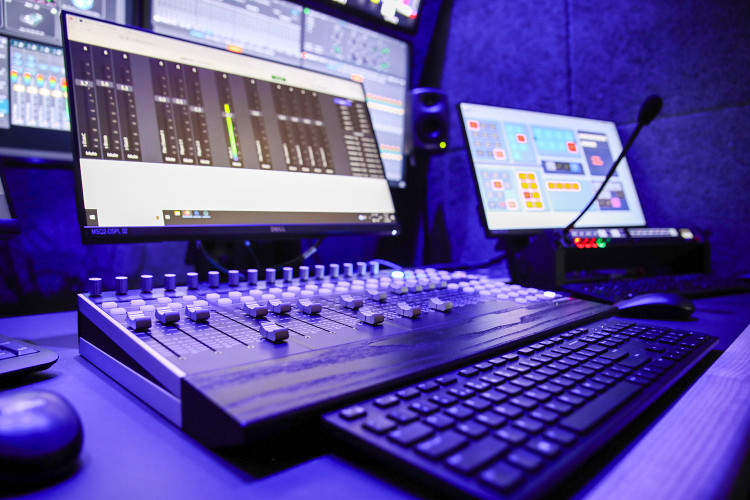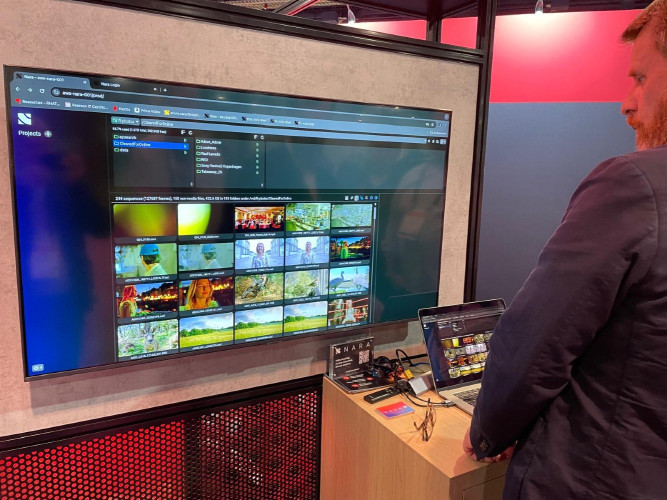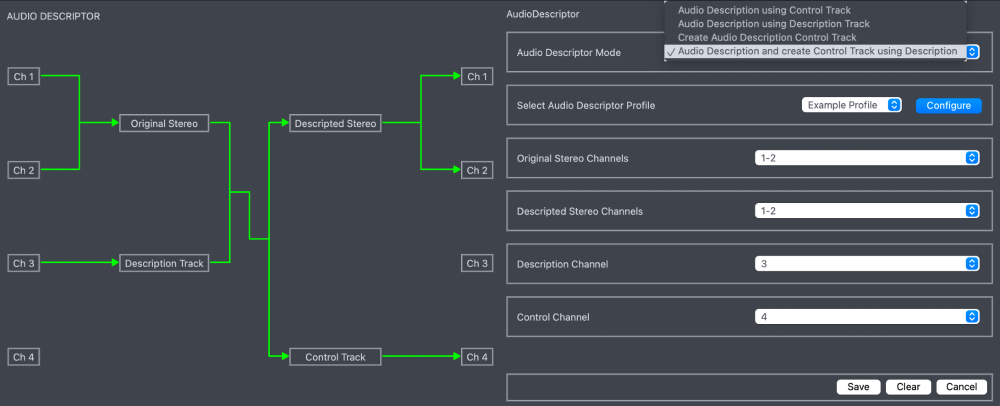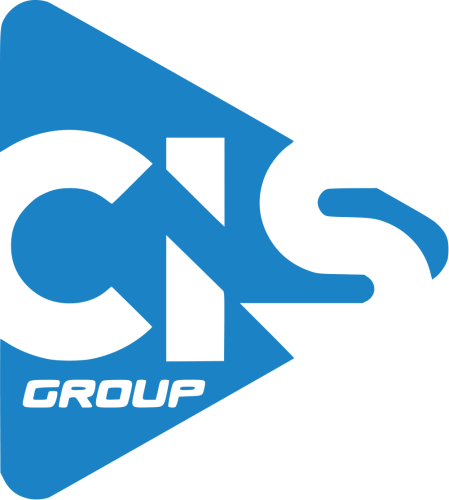Modern Tools for Test and Measurement in Post Production

Author: Bob Pank#
Published 1st September 2010
Today’s post-production facilities and practically the entire global multimedia industry, face a common issue: how to effectively eliminate the notorious problem of inconsistent loudness being pushed to the absolute limits. Whether it’s a television commercial break or a big-screen movie, there is simply no question, the signal flow should still be the same loudness level and unfortunately, we are not quite there yet.
Loudness metering 20 years ago involved using PPM instruments or VU meters to analyze audio with regard to technical standards. However, it was soon realized in the early 90s, that this approach was inadequate as the only means of level adjustment from an aesthetic point of view. This is because it does not allow for visualizing individually perceived loudness when listening to audio very well. Therefore, products soon started appearing that had developed their own loudness-metering system that were to supplement PPMs and other audio-visualization tools.
Audio professionals can only achieve consistent loudness if PPM instruments and VU meters are replaced or supplemented with loudness meters throughout our workflows, especially post-production, as well as normalizing programs on the basis of loudness criteria instead of pure level based parameters. In order to change the current situation the entire industry needs loudness analysis that not only complies with international binding standards, but also allows for a global exchange of programs on the basis of unified evaluation criteria.
To help fix that, the meters on instruments made by companies like RTW today support a multitude of such different standards in order to meet all regional demands. Such a clatter of standards must be avoided when introducing new loudness instruments to make sure that loudness metering produces truly internationally comparable results. These could even be simple numerical figures used for indicating the loudness of specific program components and might be part of contracts and binding regulations. When measuring a specific audio element, such results should be the same throughout the signal path regardless of the metering point. This is just one reason why specifying the individual technical parameters has taken so long to achieve.
Many devices ranging from the entry-level, 2-channel instruments to large 8-channel surround systems with built-in monitoring control, audio router, Dolby decoder, and SDI interface have already supported the ITU recommendations on loudness metering for some time by providing all currently discussed parameters in adjustable form. With the TouchMonitor range for example, which was introduced at this year’s NAB Show in Las Vegas, RTW breaks new ground in the ergonomically optimized implementation of current and future loudness-metering and display techniques.
Using the particularly practical user interface, based on a 7\" or 9\" touch screen, the user can visualize and analyze audio and metering in a more flexible, intuitive and faster manner. Instruments can be freely scaled and positioned on the graphical user interface; this allows for designing adequate screen layouts showing just the instruments relevant for the application at hand. Next, the device is capable of displaying multiple instruments of the same type with separate input signals at the same time. Those instances are separately configurable, and the on-screen help function allows for changing the setup quickly and efficiently. Regarding loudness metering, in particular, this operating concept offers an unprecedented level of flexibility when it comes to custom visualization of measurements while still complying with the specifications of the selected standard.
At the same time, the TouchMonitor units are based on a modular software design, allowing users to customise the functionality of their unit and to budget necessary functions only. New instruments and measuring functions can be added as software modules at any time as needed.
The modular software concept also allows for the use of third-party measurement tools specially developed for the TouchMonitor as well. For example, RTW will offer as a software add-on to the system, the Loudness Radar Meter from TC Electronic, a popular tool for loudness management in post-production applications. The Loudness Radar Meter visualizes the current loudness state, the loudness history and the true peak levels in compliance with ITU-R BS.1770 as well as with the future EBU R128 and ATSC A/85 recommendations. Another part of this collaboration is a special loudness measurement hardware offered by TC Electronic and based on the RTW TouchMonitor.
RTW believes that collaborations like these, and the joint efforts of as many market players as possible, are critical for a successful and indispensable paradigm shift in audio metering and leveling. It is finally time to combat unpleasant volume discrepancies between programs and broadcasting stations and to regain some dynamic range while listening to music. The efforts highlighted here in this article, are aimed at doing just that.



